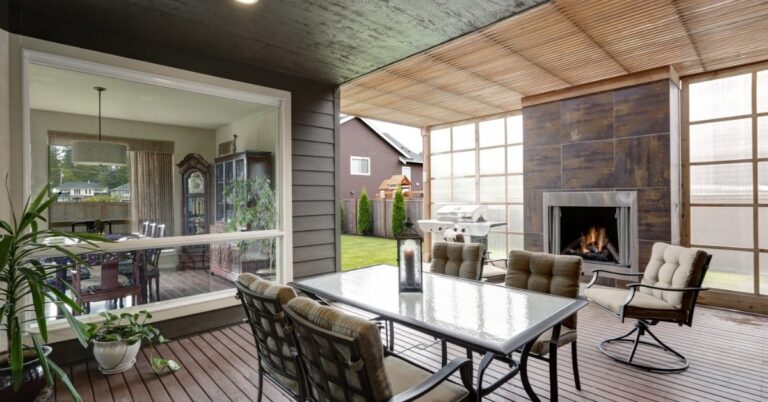
Making sure your house is warm enough to live in is of paramount concern in the colder months. But spending too much energy on heating your home is not only expensive but also wasteful of precious resources. If you want to reduce both your carbon footprint and your heating bill, read on.
Check Your Walls
Cracks and other structural issues in a home make for a costly defect, letting heated air out and dropping the interior temperature. If you’re trying to keep things warm, you’ll want to be sure your walls are solid. Going into the cold season, you should walk the interior and exterior of your house with the right equipment, and caulk any relatively minor gaps. At the same time, if you spot any major issues, you’ll need to bring in some experts to fix the place up.
Seals and Insulation
Image via Flickr by goforchris
When you’re checking the outside surfaces of your home, pay special attention to is the windows and doors. The sealing on the doors can easily go wrong, letting in the cold even when the doors are securely closed. Fixing the sealing keeps the loss from happening. If you want to get more ambitious, you can also check on the insulation in your walls and ceilings. While getting into the walls to add more insulation is a hefty one-time expense, the energy savings of a better insulated home may be worth it.
Heavy Curtains
Your windows are among the most important and vulnerable points of contact between your home and the outside world, and in inclement weather, they need to be dealt with. The imperfect joints between your house and the windows, coupled with glass that can transfer heat, leads to a giant weak spot in your efforts to keep all that heat you’re paying for inside the house. Heavy curtains can help prevent this loss by bouncing the heat back inside your rooms, but this process needs to be deployed correctly. Ideally, you should leave the curtains open during the day so sunlight can get in and bring heat, saving energy, and then close the curtains at night.
Add Layers
Finally, if you really want to cut costs around the home, you might look at keeping the heat set lower. You can use tools like a programmable thermostat to control the temperature when you are sleeping or when household members are at work or school, but you can also pile on a few more layers of clothing to keep yourself comfortable at temperatures that might otherwise feel too cold. While this can be a hard sell to other household members, you can try to make it fun by coming up with a household activity that you all can enjoy if you manage to lower the heating bill by a certain amount.
Keeping warm in the winter is certainly doable, and doing so in an environmentally-friendly manner is possible as well. With tips like these, you can improve the way you live your life in no time.






